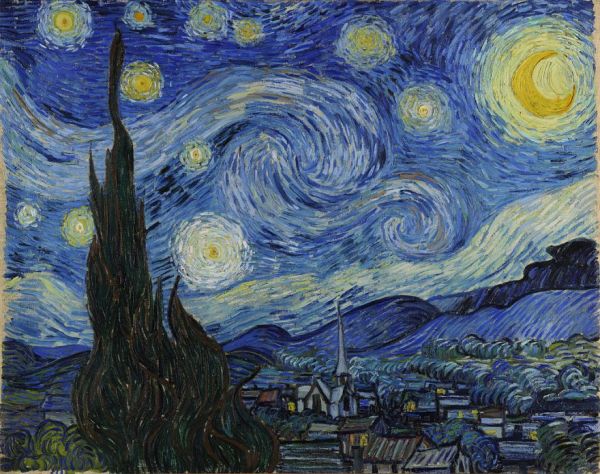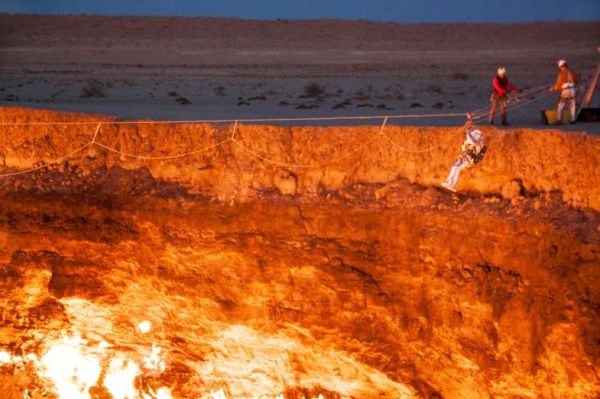Carolina Naturally is read in 203 countries around the world daily.
Today is - National Garlic Day
You want the unvarnished truth?
You want the unvarnished truth?
Don't forget to visit:The Truth Be Told
Some of our readers today have been in:
The Americas
Jundiai, Lauro de Freias, Niteroi, Porto Alegre, Rio de Janeiro, Brazil
Chelsea, Ottawa, Saint Albert, Canada
Bogota, Colombia
Santo Domingo, Dominican Republic
Mexico City, Monterrey, Mexico
Boaco, Nicaragua
San Juan, Puerto Rico
Christiansted, Virgin Island
Europe
Vienna, Austria
Sarajevo, Bosnia-Herzegovina
Glavinitsa, Bulgaria
Nicosia, Cyprus
Chester, Ebchester, London, England
Lyon, Paris, Rouen, France
Meria, Tbilisi, Georgia
Nuremberg, Germany
Athens, Moskhaton, Greece
Reykjavik, Iceland
Dublin, Ireland
Bari, Palermo, Prato, Rome, Italy
Riga, Latvia
Amsterdam, Roosendall, Netherlands
Gjersted, Oslo, Norway
Czluchow, Gdansk, Grodzisk, Lodz, Poland
Braga, Costa de Caparica, Portugal
Bucharest, Romania
Bolshoy Kamen, Moscow, Vladivostok, Russia
Belgrade, Serbia
Ljubljana, Slovenia
Barcelona, Madrid, Spain
Lulea, Sweden
Zurich, Switzerland
Ankara, Turkey
Dnipropetrovsk, Kiev, Ukraine
Asia
Guangzhou, Shanghai, China
Amedabad, Bangalore, Gubbi, Kolkata, Shillong, India
Bekasi, Jalarta, Indonesia
Kyoto, Japan
Amman, Jordan
Seoul, Korea
Kuwait, Kuwait
Buket Mertajam, George Town, Kota Kinabalu, Kuala Lumpur, Malaysia
Port Louis, Mauritius
Islamabad, Pakistan
Colombo, Sri Lanka
Bangkok, Lat Krabang, Thailand
Ho Chi Minh City, Vietnam
Africa
Cairo, Egypt
Addis Ababa, Ethiopia
Tripoli, Libya
Johannesburg, Pietermaritzburg, Roodepoort, South Africa
The Pacific
Homebush, Melbourne, Sydney, Australia





 Vincent
Willem van Gogh (1853-1890) was originally from Holland, but spent much
of his young adult life traveling around Europe, jumping from one
unsuccessful career path to the next. It was not until he was 27 years
old that he decided to become a painter. He studied art at various
academies for nearly a decade and although he was incredibly prolific,
he only sold one painting during his lifetime.
Vincent
Willem van Gogh (1853-1890) was originally from Holland, but spent much
of his young adult life traveling around Europe, jumping from one
unsuccessful career path to the next. It was not until he was 27 years
old that he decided to become a painter. He studied art at various
academies for nearly a decade and although he was incredibly prolific,
he only sold one painting during his lifetime.






